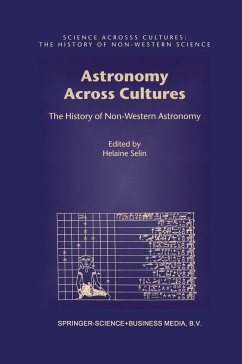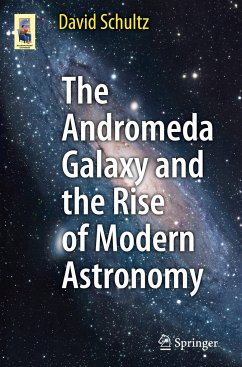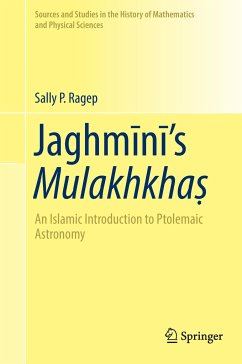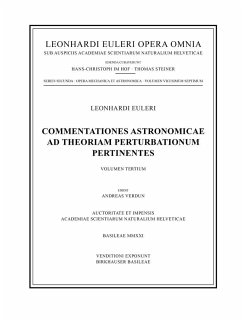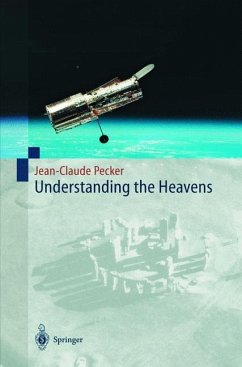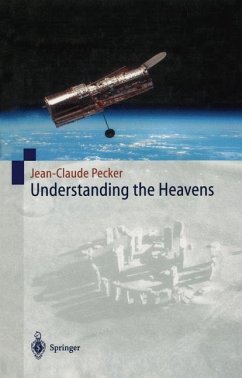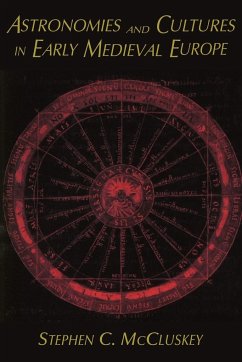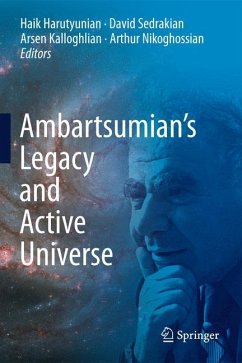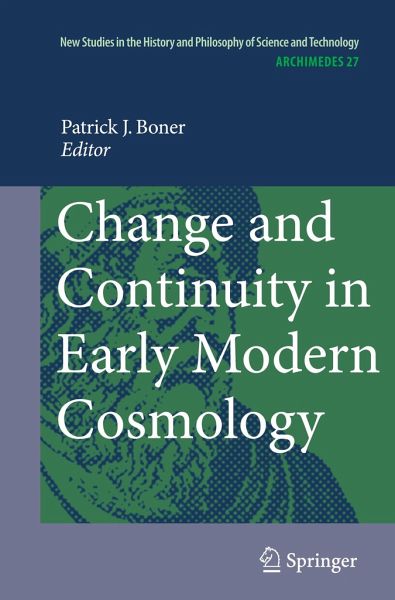
Change and Continuity in Early Modern Cosmology

PAYBACK Punkte
38 °P sammeln!
Seen as a flash point of the Scientific Revolution, early modern astronomy witnessed a virtual explosion of views about the function and structure of the world. This study explores these theories in a wide variety of settings, challenging our view of modern science as the straightforward successor of Aristotelian natural philosophy. It shows how astronomers dealt with celestial novelties by deploying old ideas in new ways and identifying deeper patterns of cosmic rationality. Beginning with the celestial spheres of Peurbach and ending with the evolutionary ideas of Boulliau, it surveys a forma...
Seen as a flash point of the Scientific Revolution, early modern astronomy witnessed a virtual explosion of views about the function and structure of the world. This study explores these theories in a wide variety of settings, challenging our view of modern science as the straightforward successor of Aristotelian natural philosophy. It shows how astronomers dealt with celestial novelties by deploying old ideas in new ways and identifying deeper patterns of cosmic rationality. Beginning with the celestial spheres of Peurbach and ending with the evolutionary ideas of Boulliau, it surveys a formative stage in our understanding of the cosmos as continually changing.





